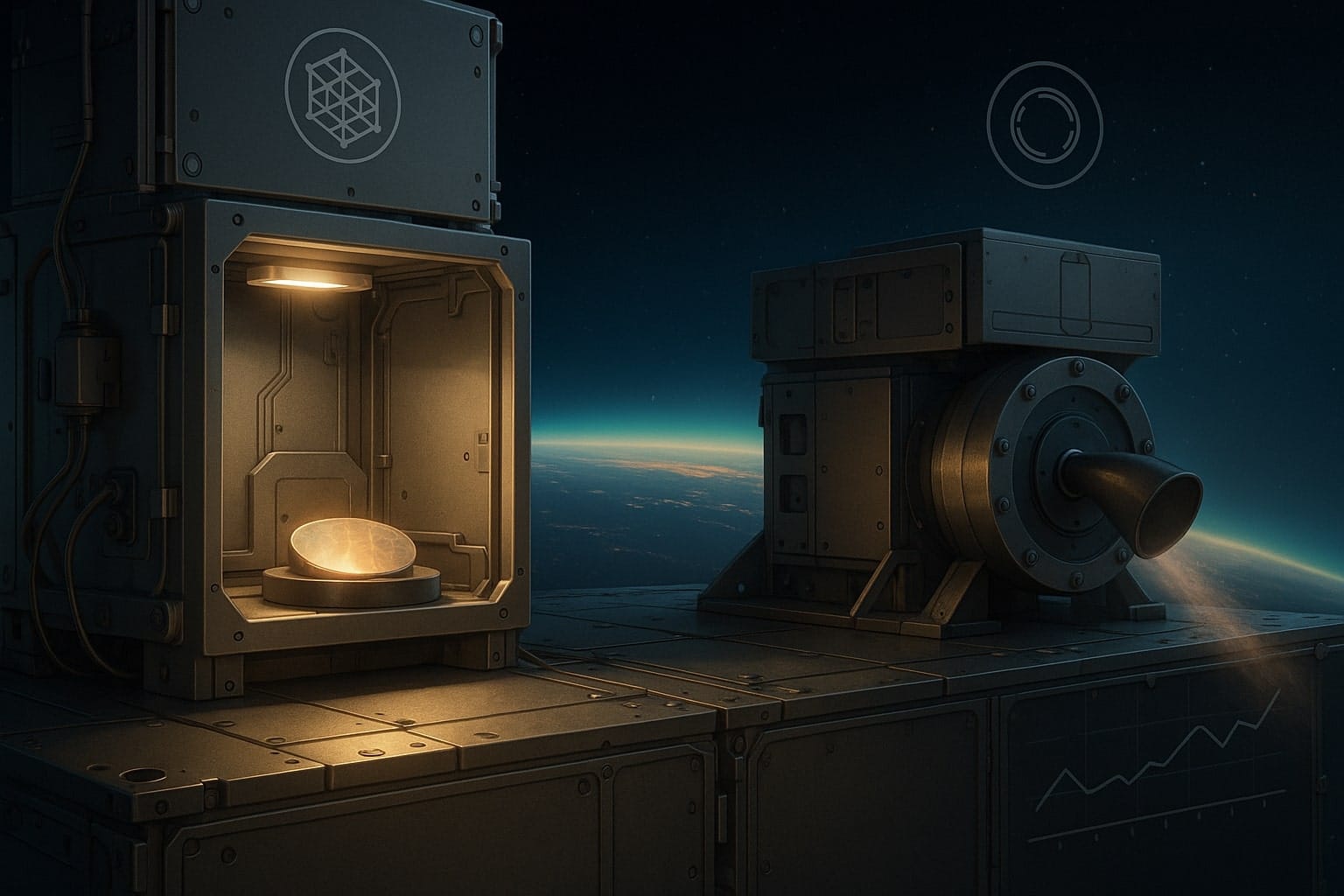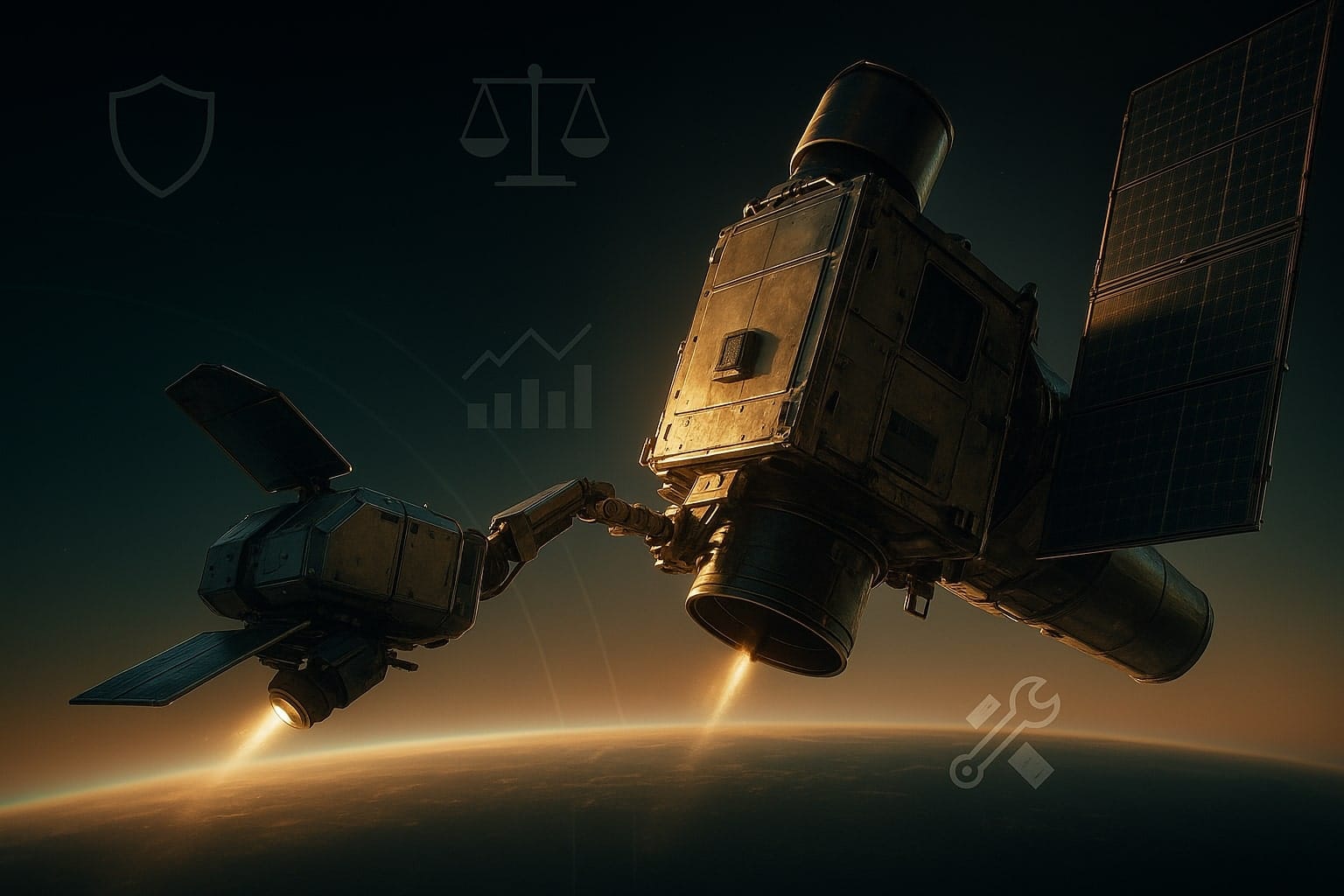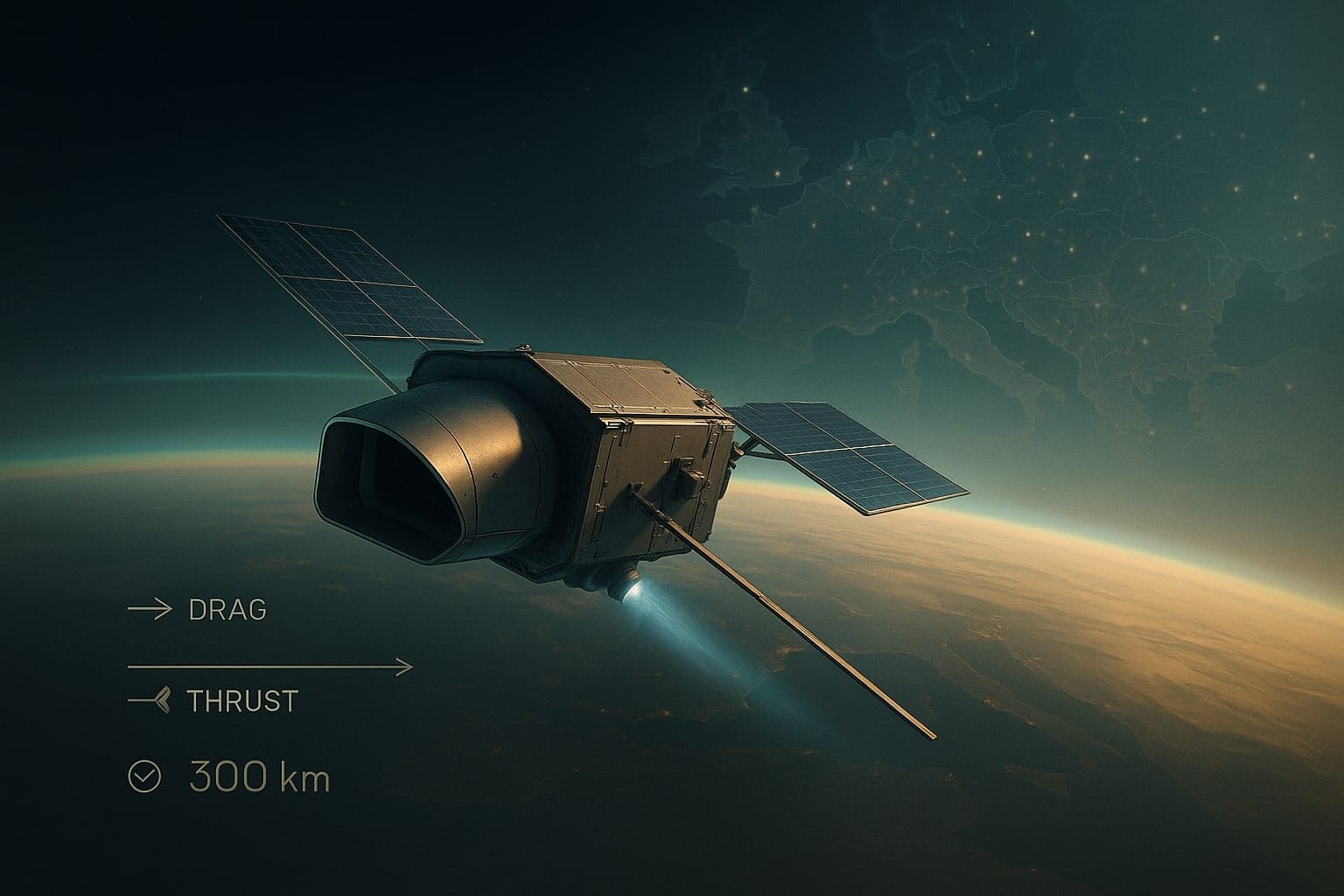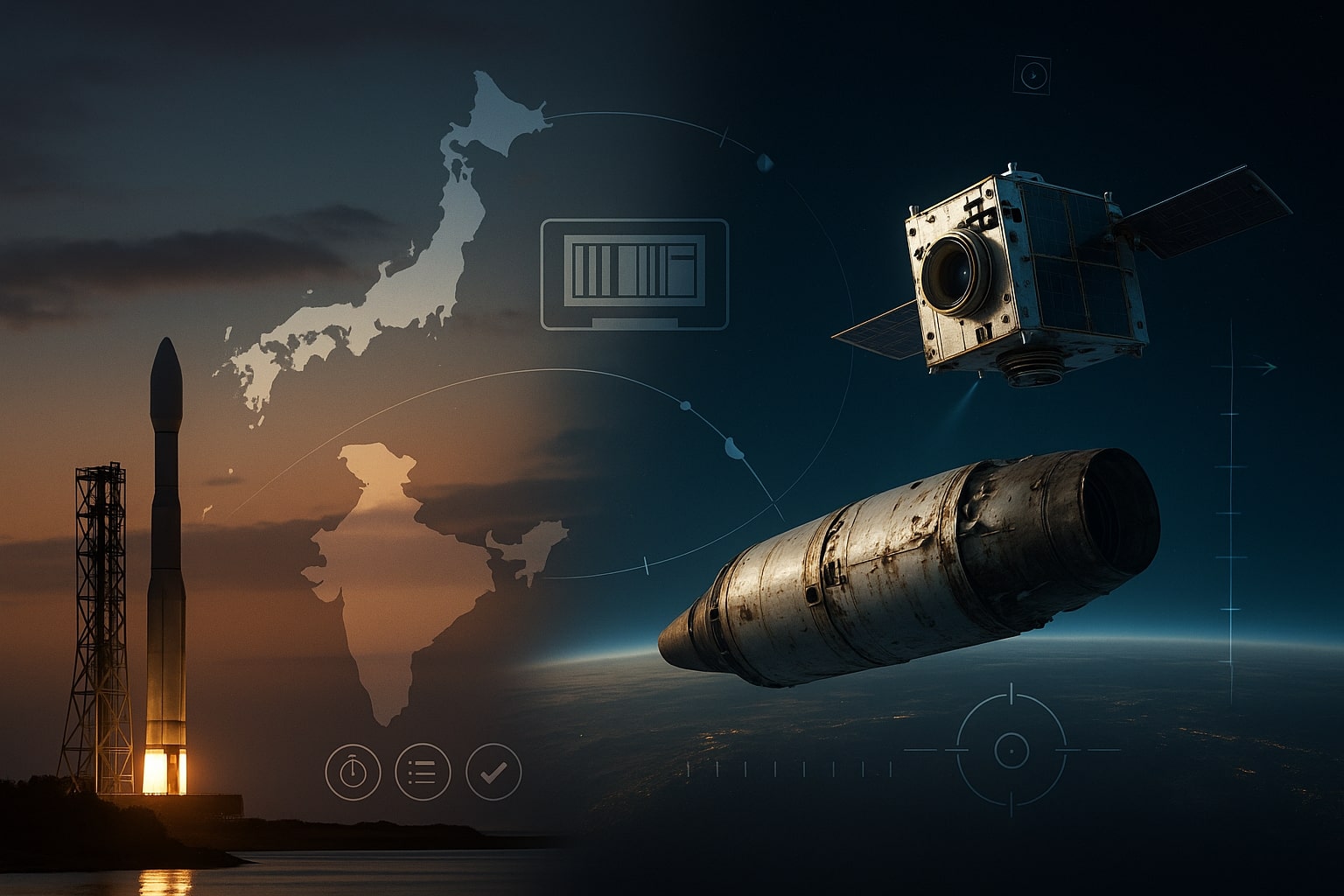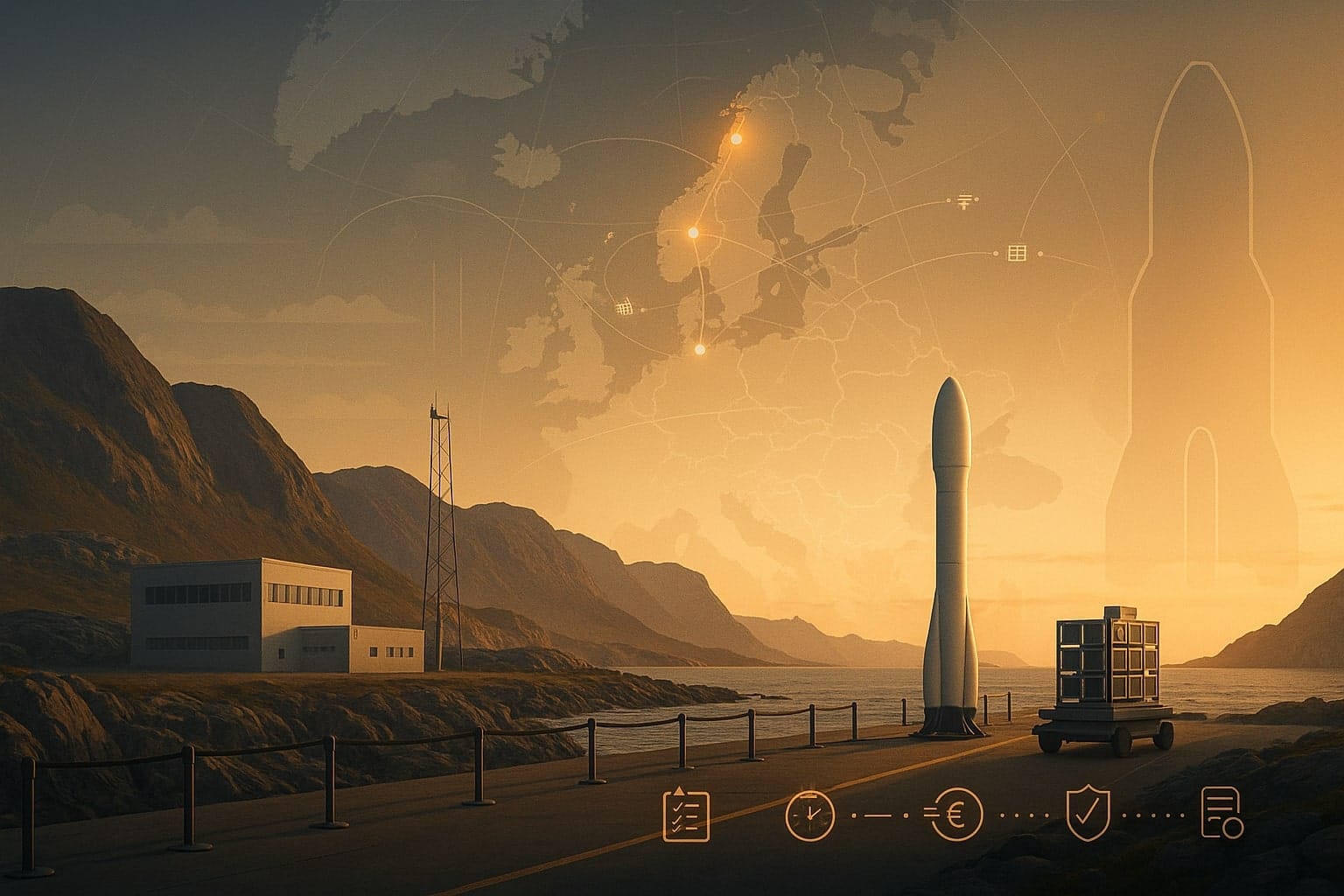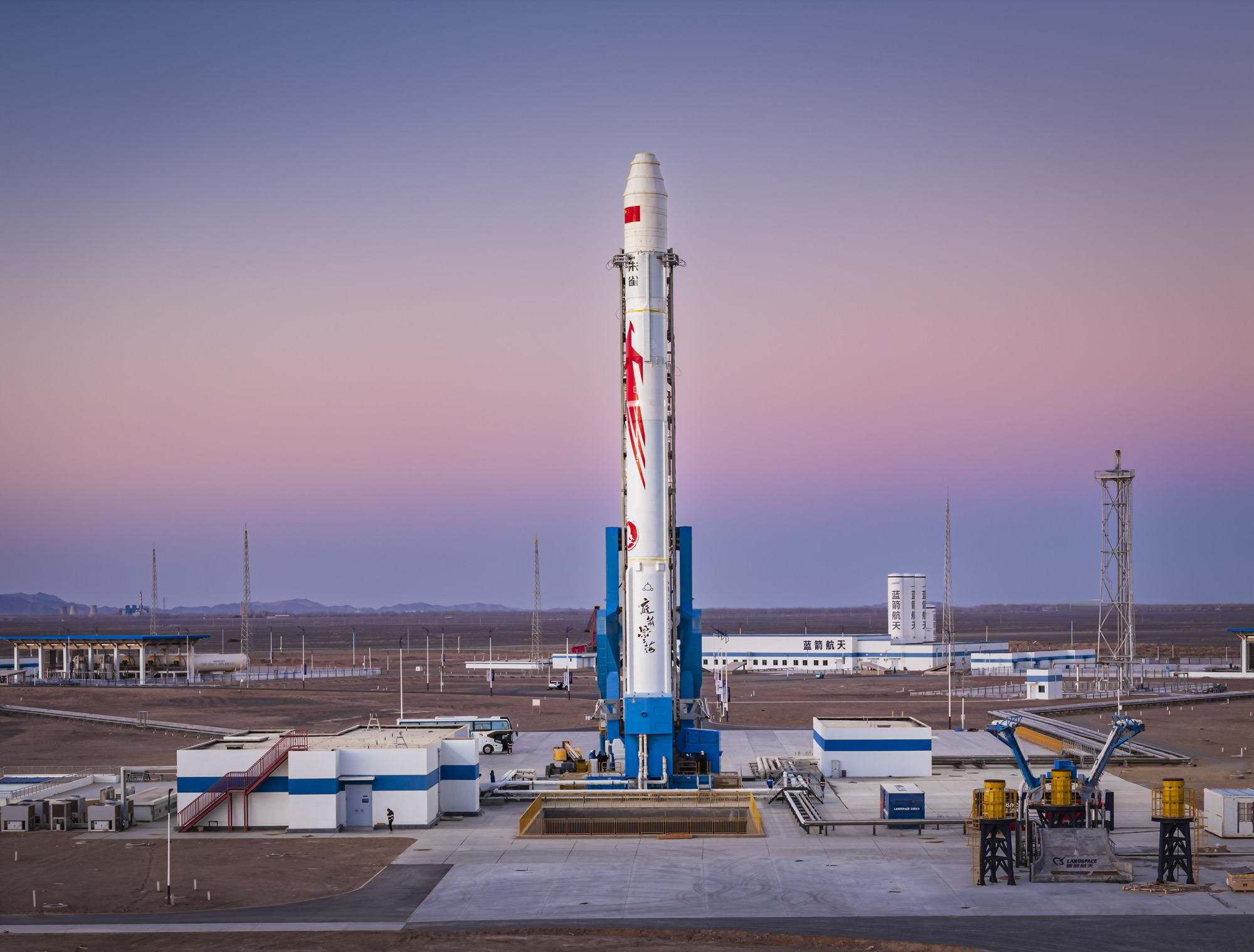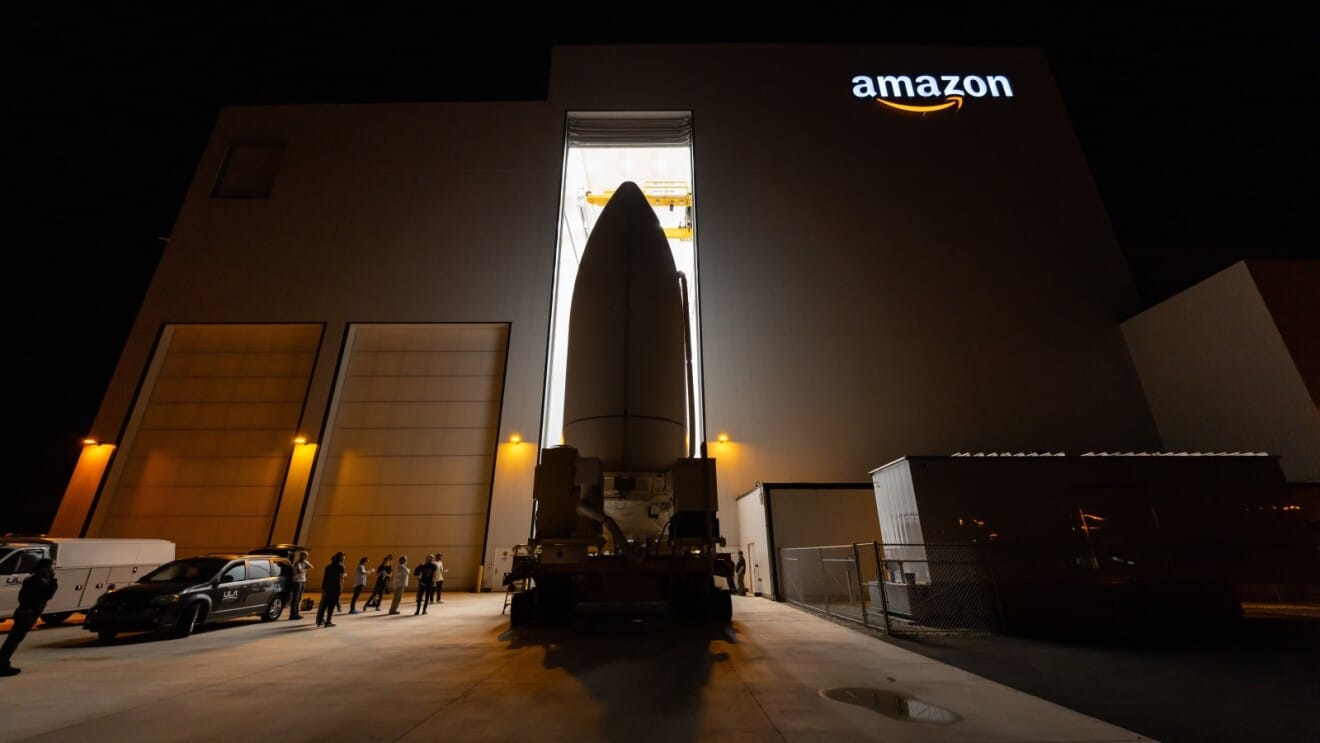India has achieved a significant milestone in space exploration by successfully conducting its first in-space docking mission, the Space Docking Experiment (SpaDeX). This accomplishment positions India as the fourth nation, after the United States, Russia, and China, to master this complex technology, underscoring the country’s growing capabilities in the global space arena.
Table of Contents
ToggleBackground
The Indian Space Research Organisation (ISRO) has been progressively advancing its space technology, with objectives that include satellite maintenance, space station operations, and interplanetary missions. The development of in-space docking technology is a critical component of these objectives, enabling the assembly and servicing of spacecraft in orbit, which is essential for long-duration missions and the establishment of space stations. With the successful execution of SpaDeX, India joins an elite group of nations capable of performing autonomous docking in space, a testament to ISRO’s dedication to enhancing the country’s space capabilities.
Details of the SpaDeX Mission
The SpaDeX mission was launched on December 30, 2024, from the Satish Dhawan Space Centre using the Polar Satellite Launch Vehicle (PSLV-C60). The mission deployed two small spacecraft, each weighing approximately 220 kg, into a 470 km circular orbit at a 55° inclination. Designated as ‘Chaser’ (SDX01) and ‘Target’ (SDX02), these spacecraft were engineered to execute autonomous rendezvous and docking maneuvers.
The docking procedure, initially scheduled for early January 2025, encountered delays due to the need for additional ground simulations and validation. After thorough testing, the docking was successfully accomplished on January 16, 2025, at 9 a.m. IST (0330 GMT). The ‘Chaser’ spacecraft autonomously navigated and docked with the ‘Target’ spacecraft, followed by a successful undocking, demonstrating the capability for repeated docking operations.
This mission also validated the transfer of electric power between the docked spacecraft, a crucial capability for future applications such as in-space robotics and composite spacecraft control. The success of SpaDeX is a pivotal step toward India’s plans to construct its own space station and enhance its presence in the global space industry.
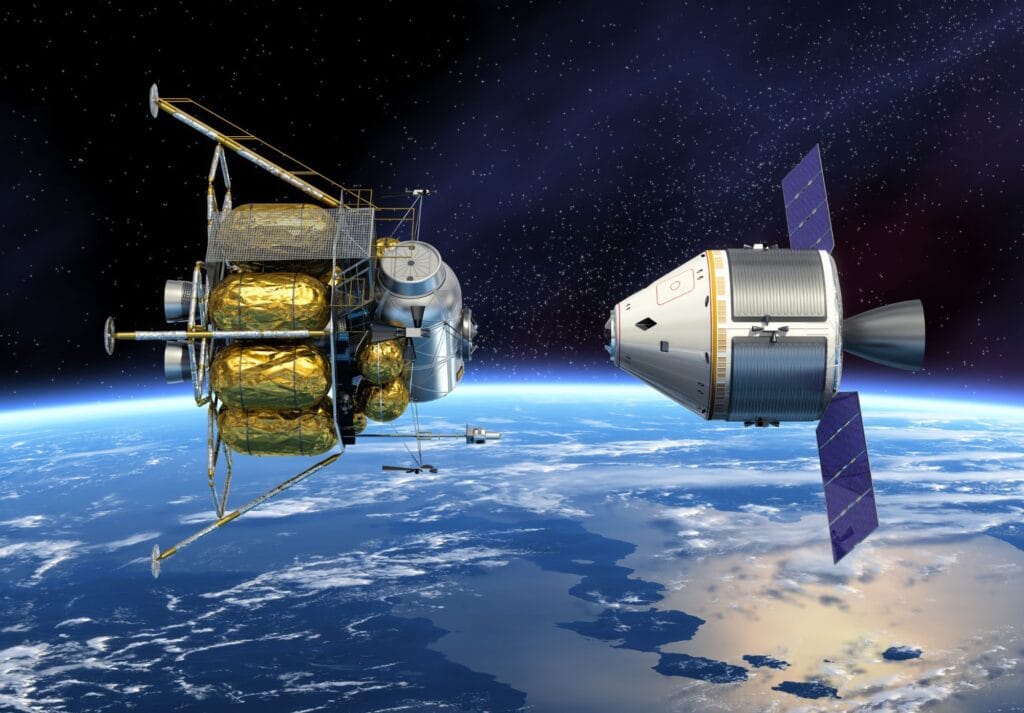
Significance of the Achievement
The successful execution of the Space Docking Experiment (SpaDeX) marks a pivotal advancement in India’s space capabilities. By mastering in-space docking technology, India joins an elite group of nations—the United States, Russia, and China—that possess this critical capability. This achievement is instrumental for several strategic applications:
- Satellite Servicing: In-space docking enables the repair, refueling, and upgrading of satellites, thereby extending their operational lifespans and enhancing cost-effectiveness.
- Space Station Operations: Docking technology is essential for assembling and maintaining space stations, facilitating crew transfers, and supporting long-duration missions.
- Interplanetary Missions: The ability to dock spacecraft in orbit is crucial for complex missions, such as crewed lunar expeditions and potential Mars explorations, where assembling modular spacecraft or transferring crew and supplies are necessary.
This technological milestone not only bolsters India’s position in the global space arena but also lays the groundwork for ambitious projects like the planned Bharatiya Antariksha Station (Indian Space Station) and future human spaceflight endeavors.
Future Prospects
Building on the success of SpaDeX, the Indian Space Research Organisation (ISRO) has outlined several forward-looking initiatives:
- Bharatiya Antariksha Station: ISRO plans to develop and deploy an indigenous space station by 2030, serving as a hub for scientific research and a platform for international collaboration.
- Gaganyaan Mission: India’s forthcoming crewed spaceflight program aims to send Indian astronauts, or Gagannauts, into low Earth orbit, with docking technology playing a vital role in mission safety and versatility.
- Lunar and Interplanetary Exploration: Mastery of docking procedures is essential for assembling spacecraft destined for the Moon, Mars, and beyond, facilitating complex mission architectures and enhancing mission success rates.
Additionally, ISRO is fostering partnerships with private industry and international entities to accelerate innovation and expand India’s footprint in the global space economy. The organization aims to increase India’s share in the global space market, targeting a contribution of $44 billion by 2040.
Conclusion
The successful completion of the SpaDeX mission signifies a transformative moment for India’s space program. By demonstrating autonomous in-space docking capabilities, ISRO has not only showcased its technological prowess but also set the stage for a new era of space exploration and utilization. This achievement reflects India’s commitment to advancing its space capabilities and contributes to the broader progress of human endeavors in space.
As India continues to pursue ambitious projects, the expertise gained from SpaDeX will be instrumental in realizing future missions, fostering international collaborations, and inspiring a new generation of scientists and engineers dedicated to exploring the final frontier.

